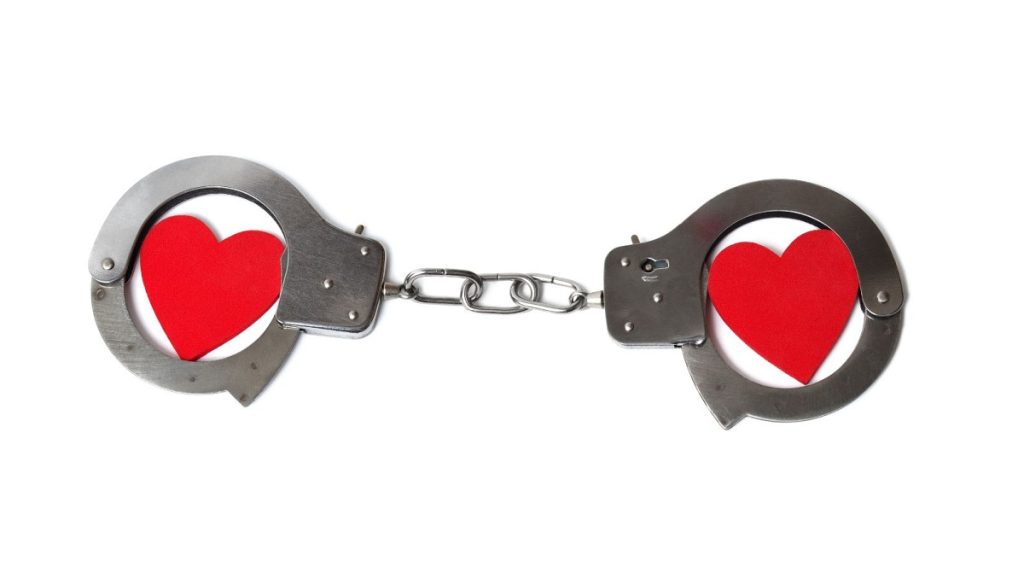Job cuffing is a slang term from the dating world that has recently been applied to those who keep jobs they don’t like through the winter before leaving for another position. Work attrition is costly, and employers who want a satisfied workforce can prevent job cuffing by making some changes in the workplace.
Move over, quiet quitting! We’re entering the time of the year when that term becomes irrelevant as it is cuffing season. Some employees ready to move to a new job decide to stay put over the winter. Job listings are often low as many employers wait till the new year to fill positions. Going to in-person interviews might involve trudging through cold, snowy weather, so potential applicants wait till spring to make a move. Even remote workers prefer to delay job changes until after the holidays.
As with quiet quitting, employees have disengaged from their current position enough to know they want to leave, but they hang on until the time is right. They may reduce their efforts on the job enough to stay under the radar so they won’t be fired.
Savvy employers who want a stable, happy workforce should watch for signs of job cuffing behavior.
What is Job Cuffing?
Some people look for jobs to get them through the winter. October is the big month for job cuffers to secure what they intend to be a temporary job. A recent Owl Labs study noted that some cuffers stay in their positions for security. Seventy-two percent of those surveyed said they would try to stay in their jobs for a year, even if they felt burned out.
Hanging on to a job through the winter months comes from a slang term from the Urban Dictionary. Cuffing is slang for making someone your boyfriend or girlfriend and dating them exclusively – at least for a time. As quoted in The Medium, cuffing season is a time during the Fall and Winter when people who would usually rather be single or promiscuous find themselves (along with the rest of the world) desiring to be ‘cuffed’ or tied down by a serious relationship. The cold weather and prolonged indoor activity cause singles to become lonely and desperate to be cuffed.”

The premise is that people like someone to snuggle up with on cold winter nights and take to holiday parties. Cuffing is expedient behavior for those who practice it. Admittedly, when faced with the reality of interacting with someone else’s family and friends, some people break off their relationship during the holidays. January is the year’s biggest month for ending relationships.
Why Workplace Cuffing Is A Thing
The parallels between relationship cuffing and job cuffing are apparent.
- Maximizing benefits. Companies who give bonuses often do it at the end of the year. As a new year starts, vacation and sick time reset in many businesses, too. Employees who stay through the end of the year may get the maximum benefits, including bonuses and paid time off for the holidays.
- Financial stability. The holidays are an expensive time of year for many people, so changing from a financially stable situation to a new job at the end of the year may be mistimed. Staying put in a job you don’t like might be worth it for the sense of security, stability, and predictability the current employer offers.
- Holiday festivities. Companies may organize holiday parties during the holidays, while colleagues may invite coworkers to private get-togethers. Attending these events as a cuffer may be a last hurrah for socializing with soon-to-be-former work friends.

Job Cuffing vs. Quiet Quitting
Cuffing is usually a temporary phenomenon, while quiet quitting can be more long-term. In either case, though, an employee may rethink their role in the company, reengage, and recommit to staying in the same job. They may even look for other opportunities in the same company.
Reengaging And Retaining Employees
Employee attrition is costly to companies, so most businesses try to hang on to good employees. As many companies are calling their staff back to work after many have worked remotely since 2020, they may try to make the atmosphere welcoming to employees. Burnout is a widespread phenomenon in the workplace that leads to behaviors such as quiet quitting and cuffing. Some companies offer mental health services, but effective ways to keep employees engaged focus on reducing stress in the workplace.
- Offering flexible working arrangements with a hybrid mix of onsite and remote work days, along with flexible hours.
- Improving workplace culture to make the office inviting. Some companies have done this with free lunches or installing workout facilities on site.
- Maintaining open communications with employees. The company may improve the information flow to all employees, as well as interact with individual employees about their concerns and aspirations.



